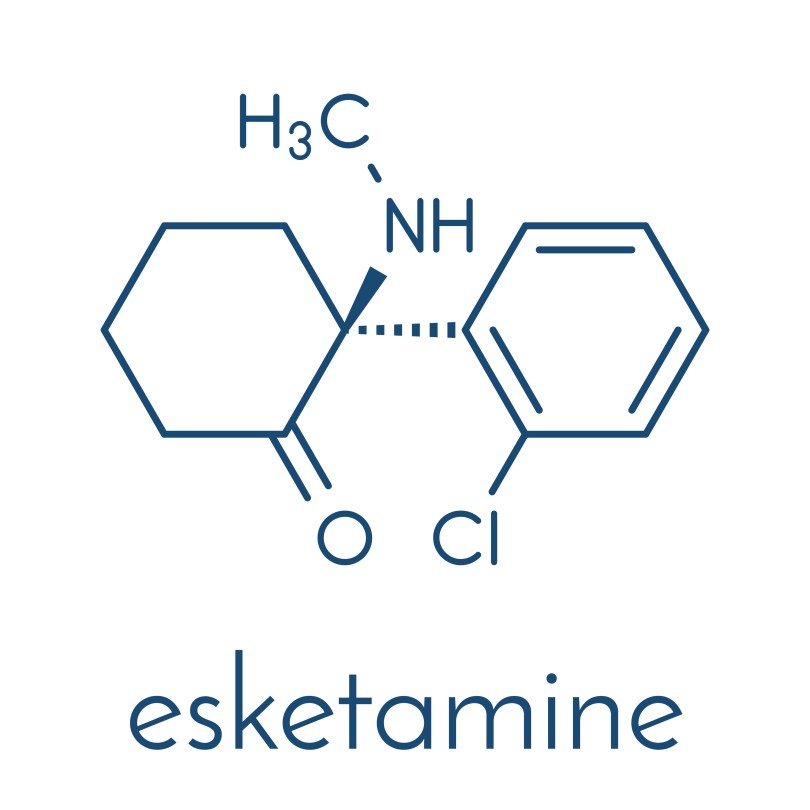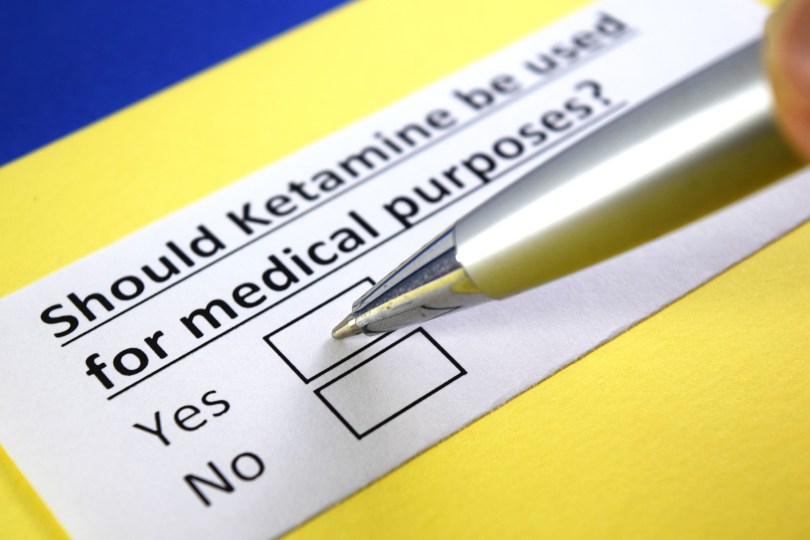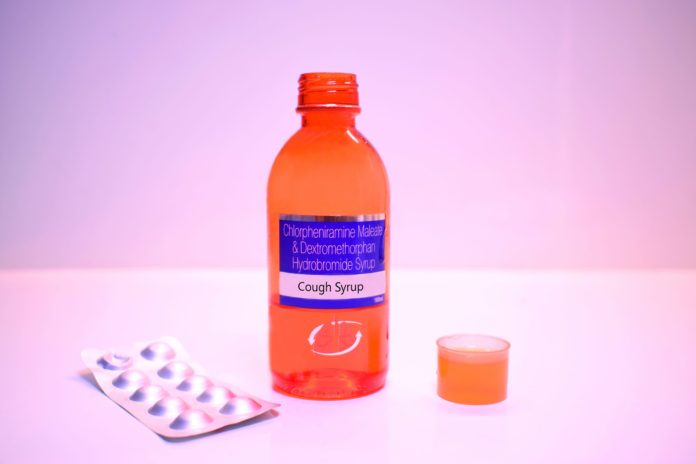The growing world of cannabis shows us that even when public opinion has been turned against something, that better information can ultimately prevail. The world might have been against cannabis, but now its on the fast track to approval. And the same can be said for pharmaceutical psychedelics. As medical legalizations for compounds like MDMA and psilocybin approach, there are already psychedelics available at your pharmacy.
The world of pharmaceutical psychedelics is growing, and that actually includes cannabis. It’s great that MDMA and psilocybin will likely be legal soon, but until then, we’ve still got THC, and not only do we have it, we have different versions of it, like delta-8 THC. Unlike its counterpart delta-9, delta-8 gets you less high, and keeps it clear-headed and energetic, while producing less anxiety and paranoia. Sounds kind of awesome, right? Check it out for yourself with our excellent delta-8 THC deals.
What are psychedelics?
Psychedelic compounds fit under the general term of hallucinogens, which itself is a subset of psychoactive drugs. As hallucinogens, psychedelics are known for producing sensory information that is not real. A person on psychedelics is likely to see/hear/feel/taste/smell things that are not there. Psychedelics also produce feelings of euphoria and wellbeing, promote connectedness between people, self-introspection, and mystical experiences.
When dosed properly, psychedelic users should experience mild to no side effects. However, improper dosing can more easily lead to ‘bad trips’, whereby a user experiences anxiety, fear, negative hallucinations, as well as nausea, vomiting, and elevated heartrate, among other physical effects. Psychedelics can be found in nature, like psilocybin from magic mushrooms, or peyote. Or, they can be synthesized in a laboratory like LSD or ketamine.
Have you ever tried Delta-10 THC?
Click HERE for the BEST Delta 10 deals, coupons and discounts!
Most psychedelics are illegal globally, as they are in Schedule I of the Convention on Psychotropic Substances treaty. This is not an absolute however, as individual countries are more likely to go by their own internal criminal codes, many of which are not the same as the Convention. There is also a major psychedelics loophole in that psilocybin is often in schedule I of drug laws, but the plants from which it comes – mushrooms, are not always. This is the case with the global illegalization. In the US, most psychedelics are schedule I, however a closer look shows plenty of decriminalizations all across the US, and even a legalization in Oregon. Plus, other psychedelic compounds are already on pharmacy shelves, some of which have been used for quite some time.
A little on the recent history of psychedelics
Whole papers can be written on psychedelic use throughout history, and all the associated controversies therein, but it’s not terribly relevant to this article. What is relevant, is how psychedelics came into play in the last century, the psychedelic-assisted therapy that came out of it, and the recent push toward studying, and legalizing, different compounds.
Psychedelics emerged into Western medicine in 1938 when Swiss chemist Albert Hoffmann synthesized LSD for the first time, followed by psilocybin in 1958. It entered the psychological field in the 1950’s, primarily with the help of English/Canadian psychiatrist Humphrey Osmond who started investigating how LSD could be used to help people stop drinking alcohol. Humphrey was the first to coin the term ‘psychedelic’, and was his own lab rat before offering the compound to patients starting in 1953.
Humphrey, along with partner Abram Hoffer, conducted the Saskatchewan studies starting in 1951, which took place at Weyburn Mental Hospital, in Saskatchewan, Canada. By the end of the 1960’s, following administration to over 2,000 patients, Humphrey’s method of one large dose of acid along with psychotherapy (called ‘psychedelic therapy’) had helped 40-45% of patients not to relapse within a year.
Another psychiatrist who got in on it at that time was Ronald Sandison, a UK psychiatrist who modified Humphrey’s technique to give several small doses of acid rather than one big dose, but still coupled with psychotherapy. Along with other alternative therapies like art and music, Sandison found LSD to be useful, publishing a paper in 1954 about 36 psychoneurotic patients who had been administered LSD over the span of a year, with 14 recovering fully. Only two of the original 36 were not improved at all, and all other patients showed some level of improvement. Sandison’s method of several smaller doses of LSD was called ‘psycholytic therapy’.
Psychedelic-assisted research today
All of the research into psychedelics came to a halt when acid and psilocybin were illegalized in 1968 with the Staggers-Dodd bill, followed by inclusion in schedule I of the US Controlled Substances Act of 1970, and the global Convention on Psychotropic Substances treaty in 1971. However, possibly as a side effect of the rise of cannabis, psychedelics have come back into the spotlight.
In 2018, a systematic review was Updated called Psychedelic-Assisted Psychotherapy: A Paradigm Shift in Psychiatric Research and Development. In it the study authors reviewed research into drugs like LSD, MDMA, psilocybin, ibogaine, and ketamine. Reviewed research showed results that supported use of these compounds for regular conditions as well as treatment-resistant conditions. The research backed up that psychedelic treatments are both safe and effective. The study authors went as far as to make a statement that this:

“…has important consequences for the diagnostics and explanation axis of the psychiatric crisis, challenging the discrete nosological entities and advancing novel explanations for mental disorders and their treatment, in a model considerate of social and cultural factors, including adversities, trauma, and the therapeutic potential of some non-ordinary states of consciousness.”
In 2020, researchers put out the systematic review, Psychedelics and Psychedelic-Assisted Psychotherapy which evaluated research put out between 2007-2019, including 161 research papers. The review found several points of interest, like the usage of MDMA for PTSD treatment, the use of psilocybin to treat depression and anxiety, and the use of LSD and ayahuasca for different mental issues.
To back up everything just stated, the US’s very own Food and Drug Administration (FDA), highlighted MDMA in 2017 and psilocybin in 2019 as breakthrough treatments for PTSD and major depression respectively. This designation is used when there is reason to speed up products to market, meaning the FDA is looking to have these compounds on shelves sooner rather than later. In fact, the latest trials into MDMA through the organization MAPS (Multidisciplinary Association for Psychedelic Studies), were actually constructed in conjunction with the FDA to make sure trial outcomes wouldn’t break with regulation. According to the FDA, a breakthrough therapy is a:
“drug that treats a serious or life-threatening condition and preliminary clinical evidence indicates that the drug may demonstrate substantial improvement on a clinically significant endpoint(s) over available therapies.”
Pharmaceutical psychedelics are already on the market
LSD was used successfully back in the mid-1900’s for alcoholism. MDMA and psilocybin are both earmarked by the FDA as breakthrough therapies. But does that mean there is no access legally to pharmaceutical psychedelics now? Not at all. Not only are there plenty of natural herbal remedies that can cause similar effects, like: Morning Glory, Hawaiian Baby Woodrose, and Salvia, but there are plenty of good old pharmaceutical psychedelics already available for use.
Back in 2019, the FDA gave approval to esketamine (Spravato), which is both an anesthetic and a treatment for major depression. Esketamine is not an SSRI, or tricyclic antidepressant, or MAO inhibitor. It’s actually a close relative of the psychedelic, and dissociative drug, ketamine, which is used as an anesthetic for humans. Esketamine is the first antidepressant to not work on monoamines, meaning it breaks with today’s standard for treating mental illness. In 2020, the FDA updated it to be prescribed for suicidal thoughts as well as depression. Likely because much like other psychedelics being studied, its effects are very quick.

And that brings us to ketamine, or ‘special K’, which was first produced in 1963, and has been used for anesthesia for many decades. Ketamine has officially only been used in a hospital setting, and won’t be given out as a prescription. Doctors can write one, but since its only approved as an anesthesia, there wouldn’t be a way to access it. At one point, ketamine was a big club drug, and is still used quite a bit recreationally today.
One of the more interesting ones is 4-ACO-DMT. 4-ACO-DMT is a structural analogue of psilocybin, from magic mushrooms. It was synthesized in 1963 by Albert Hofmann, the same guy that brought us LSD and isolated psilocybin. 4-ACO-DMT is not listed under any drug scheduling category in the US or through international scheduling treaties, although as a synthetic analogue of psilocybin, it sits in a legal gray area in a place like the US. As of right now, unlike a product like delta-8 THC which also sits in legal gray area, there aren’t products on the market yet for 4-ACO-DMT, but it is used a lot recreationally.
One of my personal faves in terms of pharmaceutical psychedelics (not that there are many options) is DXM, or dextromethorphan. If you’ve ever taken Nyquil and wondered why you felt so good, it was the DXM. DMX is a dissociative drug of the morphinan class, and unlike every other drug mentioned thus far, its not only completely legal, but sold over-the-counter without a prescription, in products like Nyquil and Robitussin – from which the name ‘robotripping’ came. In testing, DXM and psilocybin have had very similar effects with the biggest difference being in visual hallucinations and mystical experiences, for which psilocybin had a greater effect. How this one managed to slip through and become the most legal psychedelic in the US is a strange conundrum of life, but as of now there are actually tons of products containing DXM out there, and we can all enjoy them!
Conclusion
Wondering whether psychedelics will be big in the medical domain is like wondering if cannabis will be. They will, and if the FDA earmarking them to go through doesn’t convince you, I’m not sure what will. Perhaps one of the biggest indicators is Spravato, and how it functions differently than other anti-depressants, offering help with the quick onset associated with psychedelics. Technically, psychedelic are already big the world over – and have been for a long time, but when the pharmaceutical psychedelic industry starts to boom, there will be tons of psychedelics to choose from, on every pharmacy shelf.
Welcome! You’ve landed at CBDtesters.co, your one-stop-shop for the most up-to-date cannabis-related news from around the world. Stop by daily to stay on top of the ever-changing world of legal marijuana, and sign up for our newsletter so you always know what’s going on.
Resources
MDMA – The New Way to Treat PTSD
Florida Bill Aims to Legalize Medical Magic Mushrooms
Welcome to the World’s 1st DMT Trials into Depression What is DELTA 8 THC (FAQ: Great resource to learn about DELTA 8 THC)
What is Delta 10 THC and does it get you high?
How to Invest in Multi-Billion Dollar Medical Psychedelics Industry
Biggest US Drug Loopholes: Delta-8 THC and Magic Mushrooms
The BEST Delta 8 THC deals. The Best Delta 10 Deals
Psychedelic-Assisted Therapy, and How It Works
Disclaimer: Hi, I’m a researcher and writer. I’m not a doctor, lawyer, or businessperson. All information in my articles is sourced and referenced, and all opinions stated are mine. I am not giving anyone advise, and though I am more than happy to discuss topics, should someone have a further question or concern, they should seek guidance from a relevant professional.

